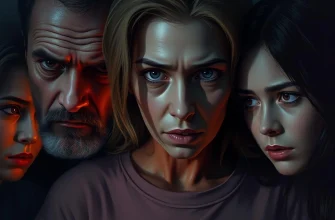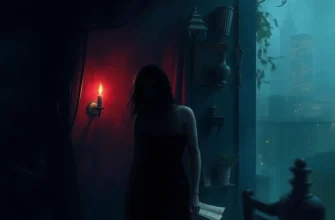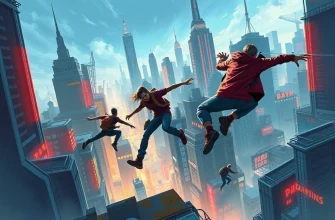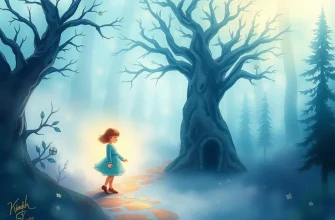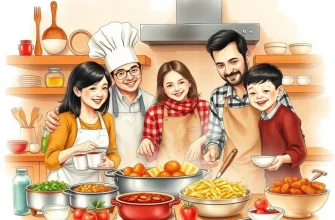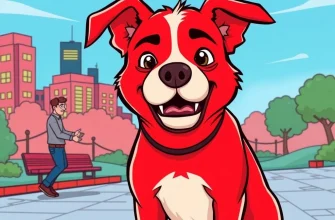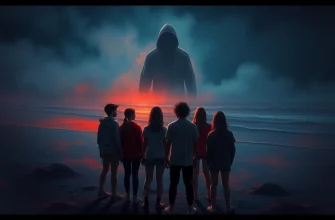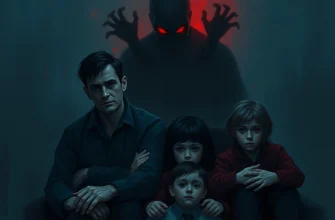Als je genoten hebt van de chaotische en surrealistische avonturen in 'Zazie' (1960), dan ben je hier aan het juiste adres. Dit artikel biedt 10 films en series die dezelfde speelse energie, absurdistische humor en visuele stijl delen. Perfect voor fans die meer willen ontdekken!
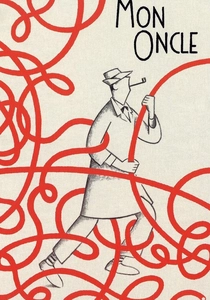
Mon Oncle (1958)
Beschreibung: A satirical take on modern life and technology, filled with visual gags and a playful tone. Its critique of bourgeois values and celebration of childlike wonder align with the reference's themes.
Fakt: The film won the Academy Award for Best Foreign Language Film. Its futuristic house set was designed to look cold and impersonal, contrasting with the warmth of the old neighborhood.
 Jetzt ansehen
Jetzt ansehen

The 400 Blows (1959)
Beschreibung: A coming-of-age story that captures the whimsical yet poignant essence of youth, blending realism with a touch of surrealism, much like the reference film. Its exploration of childhood rebellion and urban life resonates deeply.
Fakt: The film is semi-autobiographical, drawing from director François Truffaut's own troubled childhood. It was shot on location in Paris, giving it an authentic, gritty feel.
 Jetzt ansehen
Jetzt ansehen

Breathless (1960)
Beschreibung: This film revolutionized cinema with its spontaneous, freewheeling style, mirroring the playful and anarchic spirit of the reference. Its use of jump cuts and improvisational dialogue creates a sense of unpredictability and charm.
Fakt: The script was written day by day during filming, allowing for a highly improvisational approach. Jean Seberg's iconic pixie cut became a fashion trend after the film's release.
 Jetzt ansehen
Jetzt ansehen

Last Year at Marienbad (1961)
Beschreibung: A enigmatic, dreamlike narrative that plays with time and memory. Its surreal, visually striking style and ambiguous storytelling create a similarly mesmerizing experience.
Fakt: The film's script was written in the form of a poem. Its labyrinthine hotel setting was inspired by real Baroque palaces in Germany.
 Jetzt ansehen
Jetzt ansehen

Jules and Jim (1962)
Beschreibung: A tale of unconventional love and friendship, filled with exuberant energy and a bittersweet tone. The film's dynamic characters and lyrical storytelling echo the reference's blend of joy and melancholy.
Fakt: The film's famous bicycle scene was shot without permits, adding to its spontaneous feel. It was based on a semi-autobiographical novel by Henri-Pierre Roché.
 Jetzt ansehen
Jetzt ansehen
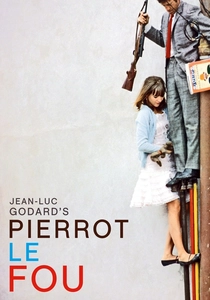
Pierrot le Fou (1965)
Beschreibung: A vibrant, chaotic road movie that combines pop art aesthetics with existential musings. Its playful yet dark narrative and visual flair align closely with the reference's tone and style.
Fakt: The film's colorful palette was inspired by American comic strips. It was shot on location in the French Riviera, giving it a sun-drenched, dreamlike quality.
 Jetzt ansehen
Jetzt ansehen

The Discreet Charm of the Bourgeoisie (1972)
Beschreibung: A surreal satire that blends humor with absurdity, much like the reference. Its dreamlike structure and critique of social norms create a similarly disorienting yet delightful experience.
Fakt: The film won the Academy Award for Best Foreign Language Film. Many of its scenes were inspired by Luis Buñuel's own dreams.
 Jetzt ansehen
Jetzt ansehen
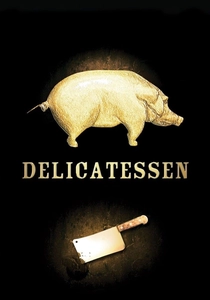
Delicatessen (1991)
Beschreibung: A darkly comedic, visually inventive tale set in a post-apocalyptic world. Its blend of grotesque humor and poetic imagery mirrors the reference's unique tone and aesthetic.
Fakt: The film's production design was heavily influenced by German Expressionism. It was the feature debut of directors Jean-Pierre Jeunet and Marc Caro.
 Jetzt ansehen
Jetzt ansehen

The City of Lost Children (1995)
Beschreibung: A fantastical, steampunk-inspired story about a scientist who steals children's dreams. Its dreamlike visuals and eccentric characters create a world as surreal and enchanting as the reference.
Fakt: The film's intricate sets were built entirely in a studio, giving it a highly stylized look. It features one of the earliest uses of digital compositing in French cinema.
 Jetzt ansehen
Jetzt ansehen

Amélie (2001)
Beschreibung: A whimsical, visually rich story about a quirky young woman who orchestrates small acts of kindness. Its magical realism and Parisian setting evoke a similar sense of wonder and charm.
Fakt: The film's distinctive green and red color palette was achieved using digital color grading. It became the highest-grossing French-language film in the United States at the time of its release.
 Jetzt ansehen
Jetzt ansehen


